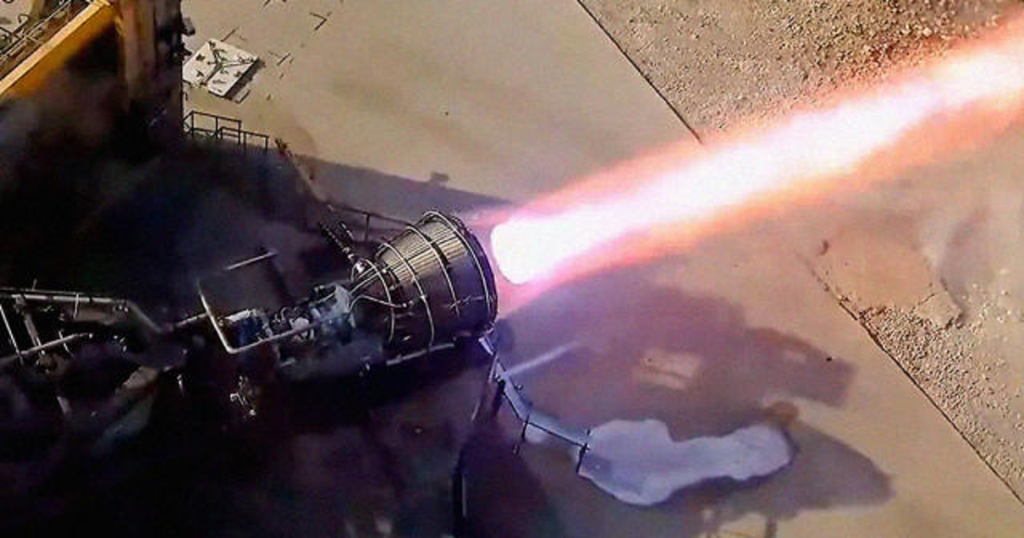In preparation for NASA’s highly anticipated Artemis III mission, which will see astronauts returning to the moon’s surface, SpaceX has achieved a significant milestone. The private space company has successfully demonstrated the extreme cold start capability of its vacuum-optimized Raptor engine, a crucial component of the lunar lander.
This is a pivotal accomplishment because Artemis missions may involve prolonged periods of inactivity in space, causing hardware temperatures to drop significantly. The successful cold start test ensures the engine’s readiness under these challenging circumstances.
One of the unique challenges of Artemis missions, compared to low Earth orbit missions, is the extended periods during which landers may remain in space without firing their engines. As NASA points out, this extended duration can cause hardware temperatures to plummet to levels lower than those experienced during shorter missions in low Earth orbit.
SpaceX’s contract with NASA for the development of a human landing system (HLS) for Artemis 3, worth $2.89 billion, demonstrates the significant investment in lunar exploration. Additionally, SpaceX secured another $1.15 billion contract for Artemis 4, indicating the long-term commitment to NASA’s lunar program.
The Starship HLS, which will be utilized in Artemis III, will be powered by two variants of the Raptor engine—one optimized for atmospheric pressure at sea-level and the other optimized for the vacuum of space. Previous tests have shown the engine’s ability to handle the descent phase of the mission, including precise control of engine power and duration.
Artemis III aims to land crew members near the lunar South Pole, facilitating moonwalks and surveys of potential moon base sites. SpaceX’s Starship is expected to play a pivotal role in future lunar missions by delivering essential supplies, equipment, and scientific payloads for extensive surface exploration.
While SpaceX has achieved significant milestones in its lunar program, rigorous testing remains crucial. Notably, the recent integrated launch of Starship and the Super Heavy booster encountered anomalies, highlighting the importance of thorough testing in both simulated and actual flight conditions. The schedule for SpaceX’s next integrated flight test, where the Raptor engines will face further examination, is yet to be determined.
All in all, SpaceX’s successful cold start test brings NASA’s Artemis III mission one step closer to its historic moon landing. The collaboration between NASA and private space companies like SpaceX is propelling humanity towards a new era of lunar exploration and potentially establishing a sustainable presence on the moon.

